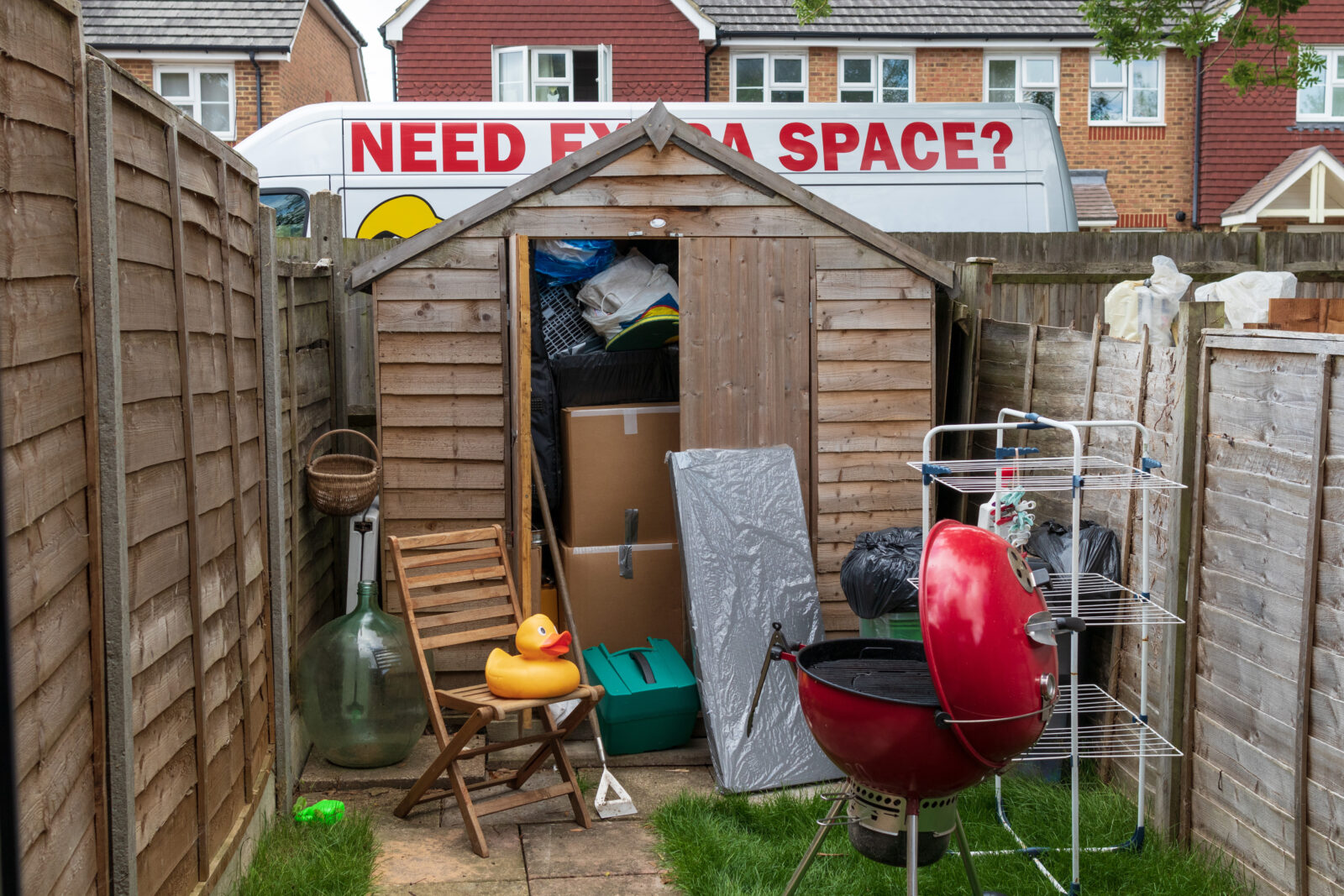Eliminating Your Shed Made Easy: Methods to Enhance Your Outdoor Space
Do you find yourself searching to take back your outdoor space and transform your garden into a functionally improved and visually appealing area? If you have an old shed taking up precious space, shed dismantling solutions can assist you in achieve that transformation with simplicity. If the shed has fallen into a state of neglect, is no longer needed, or simply does not fit your idea for your landscape, getting rid of it can open up a world of possibilities.
Removing a shed might appear like a challenging task, but with the appropriate method and help, it can be a straightforward process. Expert shed removal services can take care of the heavy lifting, ensuring that your property is emptied efficiently and safely. Imagine turning that once cluttered area into a stunning garden, a play space for the kids, or perhaps a cozy outdoor lounge. Let's explore how shed removal can pave the way for a refreshed outdoor space.
Organizing Your Outbuilding Dismantling

As you start embarking on your shed removal process, meticulous planning is essential to guarantee a seamless process. Commence by evaluating the condition of your shed. Think about factors such as age, structural integrity, and any hazardous materials that may be present, like asbestos or toxic paint. Understanding these issues will assist you prepare for the appropriate steps and potential costs associated in the removal.
Afterward, decide the best removal method for your specific situation. You can decide to take on the task yourself or engage a professional shed removal team. If you opt for the DIY approach, collect the essential tools and enlist the assistance of a few family members or family. Conversely, experts can handle everything, from taking apart to getting rid of, liberating you effort and stress. Consider the advantages and disadvantages of each method to discover what is most suitable for you.
Finally, verify any local laws or permit requirements before moving forward with shed removal. Some jurisdictions may have specific requirements regarding building debris disposal or property alterations. Ensuring observance with these laws will assist you avoid any potential fines or problems in the long run. With a solid plan in place, you are set to approach your shed removal and transform your backyard.
Tools and Supplies Needed
When getting ready for outbuilding removal, having the right equipment is vital for a smooth process. Start with a sturdy pry bar, which is indispensable for prying up panels or disassembling the building. A hammer will help pull out nails, while a saw will be required for cutting through lumber and other materials. Having a cordless drill is also helpful, as it allows you to quickly take off screws without much hassle. Remember to gather safety gear such as gloves, goggles, and a hard hat to safeguard yourself during the removal.
In furthermore to manual tools, you may want to think about advanced tools for more effective work. A reciprocating saw is ideal for cutting through thick lumber and various materials quickly. If the shed has a steel frame, a circular saw can be helpful. A sledgehammer can assist in cracking stubborn sections of the shed or its foundation. After gathering these devices, evaluate your workspace to ensure you have enough room to operate safely while working.
Lastly, consider the materials needed for disposal. You may need industrial-strength trash bags or a dumpster for debris management. Consider obtaining tarps to cover areas where debris might fall to maintain neatness in the neighborhood. Having a plan for disposal wood and metal can help you dispose of materials responsibly. Being well-prepared with these resources and supplies will make your structure removal project more achievable and smooth.
Guidelines to Finish the Dismantling
The initial step in shed removal is to prepare your area. Start by clearing the area around the shed, taking away any clutter, tools, or furniture that may obstruct the removal process. Ensure you have the appropriate equipment on hand, such as gloves, safety goggles, and tools like cutting tools and hammers. It’s also a good practice to check for any electrical wiring or plumbing lines that may be attached to the shed to avoid any mishaps.
Once the area is prepared, begin dismantling the shed. If the structure is made of wood, you can start by taking off the roof, then the walls. Use a pry bar to remove any nails or screws securely fastening the components together. For sheds made of metal, you may need to use a reciprocating saw to slice the panels. It's important to work methodically and safely, ensuring you get rid of sharp materials properly.
After dismantling the shed, concentrate on tidying the space. Remove any remaining debris and recycle or throw away the materials according to local regulations. Consider smoothing the ground where the shed stood to create a smooth surface for upcoming landscaping or projects. At this point, you can also visualize how you want to change the newly liberated outdoor space to enhance your home's aesthetic and utility.